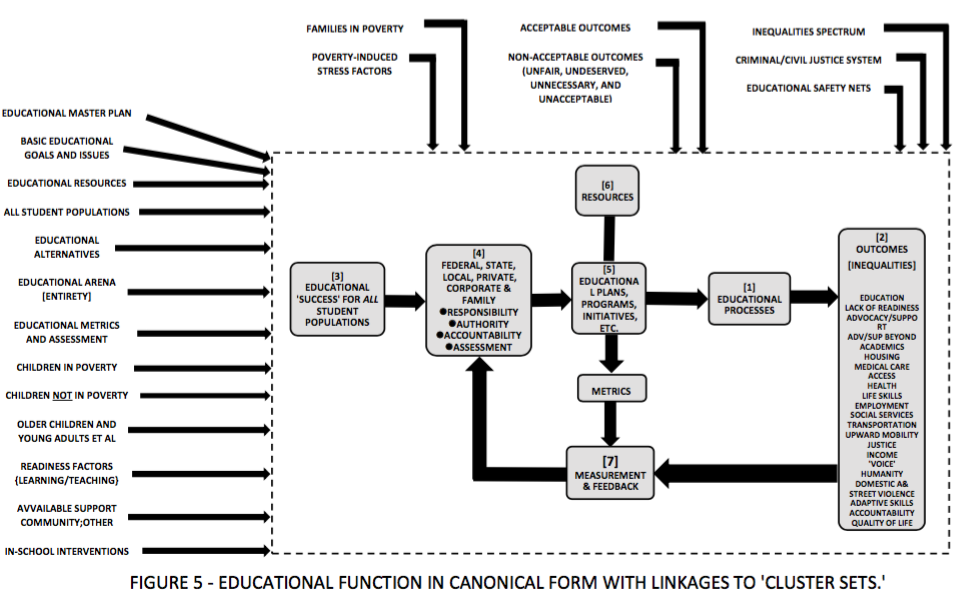
Figure 5: Educational Function in Canonical Form with Linkages to 'Cluster Sets'
Definition: Figure 5 expands the core educational function of Figure 3. This expansion includes a representative list [albeit incomplete] of 20 relevant factors that have a dynamic linkage into the dynamics of the core educational function. This representation is quite analogous to the expansion of the core poverty function of Figure 2 into the more complete representation of the poverty function of Figure 4.
Description: Learning is an extremely complex process which includes factors from pre-natal care on throughout one's life. Children learn vast amounts of knowledge and skills long before they walk through the school house door where they are then taught to be taught-an industrial age process currently being questioned as to its appropriateness in an age dominated by technology and information. Some children continue to learn vast amounts during their school years from outside of school. It is this factor that is lost on many who think schools are the only or dominant source of learning. The major flaw in the thinking of those who suggest public schools can bring all children to the same level of achievement is this 'outside' factor. Children living in poverty do not learn as much by the age of four as their more affluent peers nor do they learn as much outside of school while attending school. When given tests of knowledge and skills, 'outside of school' learning plays an important part in the test results. The 'gaps' noted in test outcomes are attributable to a degree to the 'gaps' in out of school learning between the 'haves' and the 'have nots'.
Compounding the 'outside of school' learning factor is the brain damage suffered as a result of the stresses associated with living in poverty. Development of key components for learning-behavior control, short term memory, and concentration-are negatively impacted.
That children living in poverty are subjected to the two former factors noted here should qualify these children as suffering from a handicapping situation which requires the same attention as that given other children with handicapping conditions.
Another possible mitigating factor is that the 'outside-of-school' learning factor for those living in poverty and for those who do not is dramatically different.
America has a history of establishing 'assessment' under its Measurement & Feedback [7] in both Figures 3 and 5. These assessments consistently indicate children in poverty are not achieving to expected standards. Children in poverty in counties with much better educational outcomes, e.g., Finland, Canada, Australia, are provided with far more supports to mitigate the impact of poverty-although every free world country has some gaps between less affluent and more affluent children.
As noted, the education system is a hugely complex endeavor in which public education plays a significant role but which requires supporting systems to efficiently and effectively fulfill its purpose. The assessments referenced above are applied to all children equally - the equality half of the equation. However, there is little equity. Assessments provide an indication of the sum of a child's learning including both school and home. There is a vast difference between the home contribution for differing socio-economic levels. This is the primary cause of "learning gaps" between richer and poorer students. Unfortunately, federal education initiatives have targeted the schools and suggested the gaps are a result of "failing" or "underperforming" schools while not addressing the handicaps of growing up in an impoverished home.
Keywords: The key words are those included in 20 'cluster sets'of Figure 7 above. The list is representative of poverty issues but is hardly comprehensive in that poverty is an exremely complex issue beginning with prenatal care and ending, for some, in incarceration, disease and early death but for many a life struggling to merely survive leaving little time to contribute to the greater good - a loss not only for them but for everyone.
Selected References
- Poverty & Despair versus Education & Opportunity; Appendix A, Systens Prologue; Al Colella, Joseph H, Crowley; Stillwater Publications; 2015
- David and Goliath; Malcolm Gladwell; Little, Brown and Company; 2013
- Teaching with Poverty in Mind; Eric Jensen; ASCD; 2009
- Schools Cannot Do It Alone, Jamie Vollmer; Enlightenment Press; 2010
- A Framework for Understanding Poverty; Ruby K. Payne; Aha! Process, Inc.; 2005
- How Children Succeed; Paul Tough; Houghton, Mifflin, Harcourt; 2012
- Visible Learning; John Hattie; Routledge; 2009
- Long-Term Gains Seen for Kids Who Move Out of Poverty; Liana Heitin; Education Week; May 20, 2015
- The Illusion of Closing the Achievement Gap; Paul Reville; Education Week; July 8, 2014
- Districts Must Address Effects of Trauma on Students, Suit Says; Blog; Education Week, June 3, 2015
- The Youngest Americans: A statistical portrait of infants and toddlers in the United States; Murphy, Cooper and Forry; Child Trends; 2013
- The Effects of Poverty on the Childhood Brain; Luby, et al; Abstract: JAMA Pediatrics; 2013
- The Effects of Poverty on Teaching and Learning; Karen Pelino; Teach-nology!.com; 2007
- It Takes More Than Schools to Close Achievement Gap; Diana Jean Schemo; On Education; 2006
- The nation, not schools, takes lousy care of our children; Julia Steiny; Providence Journal; June 3, 2007
- Thirty Million Words: Building a Child's Brain; Suskind, Suskind and Suskind; Dutton; 2015
- Lifetime effects: The High/Scope Perry Preschool study through age 40; Yypsilanti; High/Scope Press; 2005
- Fostering Resilience Learners, Strategies for Creating a Trauma-Sensitive Classroom, Kristin Souers with Pete Hall, ASCD Product #116014, 2016.
READINESS DYNAMICS for the 'PREPARED' and the 'UNPREPARED' [Figure 6]